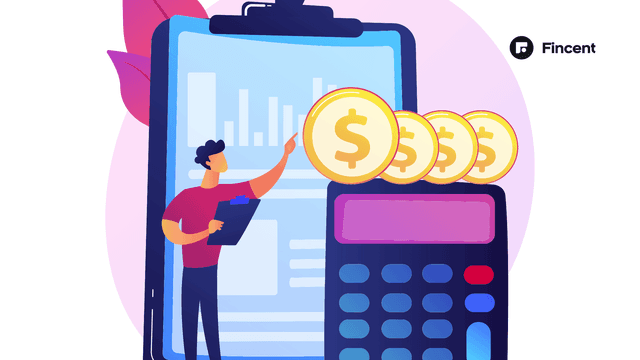- Glossary
- Gross Profit Margin
Gross Profit Margin
By estimating the amount of money left over from product sales after deducting the cost of goods sold, analysts can determine the financial health of a company (COGS). The gross profit margin, also known as the gross margin ratio, is typically represented as a percentage of sales.
The ratio shows how much of each dollar of sales is kept by the business as gross profit.
If the ratio is 20%, for instance, that means that $0.20 of each dollar of revenue is kept while $0.80 is charged to the cost of goods sold. The balance might be used to settle debts, rent, overhead, general and administrative costs, interest costs, and other charges.
How to Calculate Gross Profit Margin
After deducting the cost of goods sold (COGS) from net sales, a company's gross profit margin % is computed (gross revenues minus returns, allowances, and discounts). The gross profit margin is then expressed as a percentage by dividing this sum by net sales.
Formula: Gross Profit Margin = Net Sales − COGS / Net Sales
What Does the Gross Profit Margin Tell You?
A company's significantly shifting gross profit margin could be an indication of poor product quality or management. However, when a company makes significant operational changes to its business model, such deviations could be acceptable; in this case, a temporary period of volatility shouldn't raise any concerns.
For instance, if a business decides to automate specific supply chain tasks, the initial investment can be substantial, but the cost of goods will ultimately drop due to the reduction in labor expenses brought about by the automation.
Gross margins may change as a result of changes in product pricing. If all else is equal, a corporation that sells its products at a premium will have a higher gross margin. This, however, could be a tricky balancing act since if a company sets its pricing too high, less people might buy the products, which could lead to a loss of market share.
How to Increase the Gross Margin Ratio?
The ratio gauges the profitability of a company's inventory sales. The ratio should be higher. The figure can normally be raised in one of two ways:
1. Buy inventory at a cheaper price
Companies' ratios will increase because the cost of products sold will be lower if they can obtain a sizable purchase discount when they buy inventory or discover a less expensive supplier.
2. Mark up goods
A larger ratio would be produced by marking up products and selling them for more money. The goods would be too pricey and the company would lose clients if this weren't done in a competitive manner.
Conclusion
Net sales less cost of goods sold is how the analytical metric known as gross profit margin is expressed for a business (COGS).
The gross profit as a percentage of net sales is known as the gross profit margin.
The firm's net profit margin, which is calculated by subtracting selling, general, and administrative expenditures, is shown as the gross profit margin.


